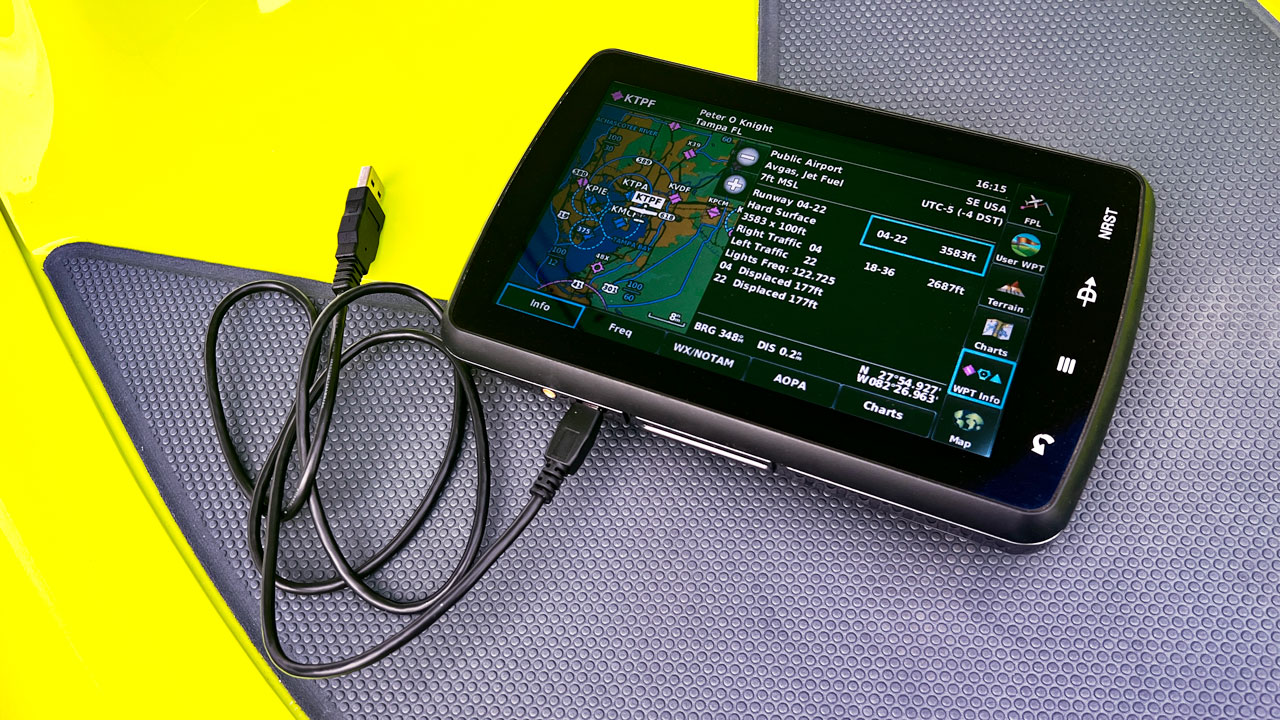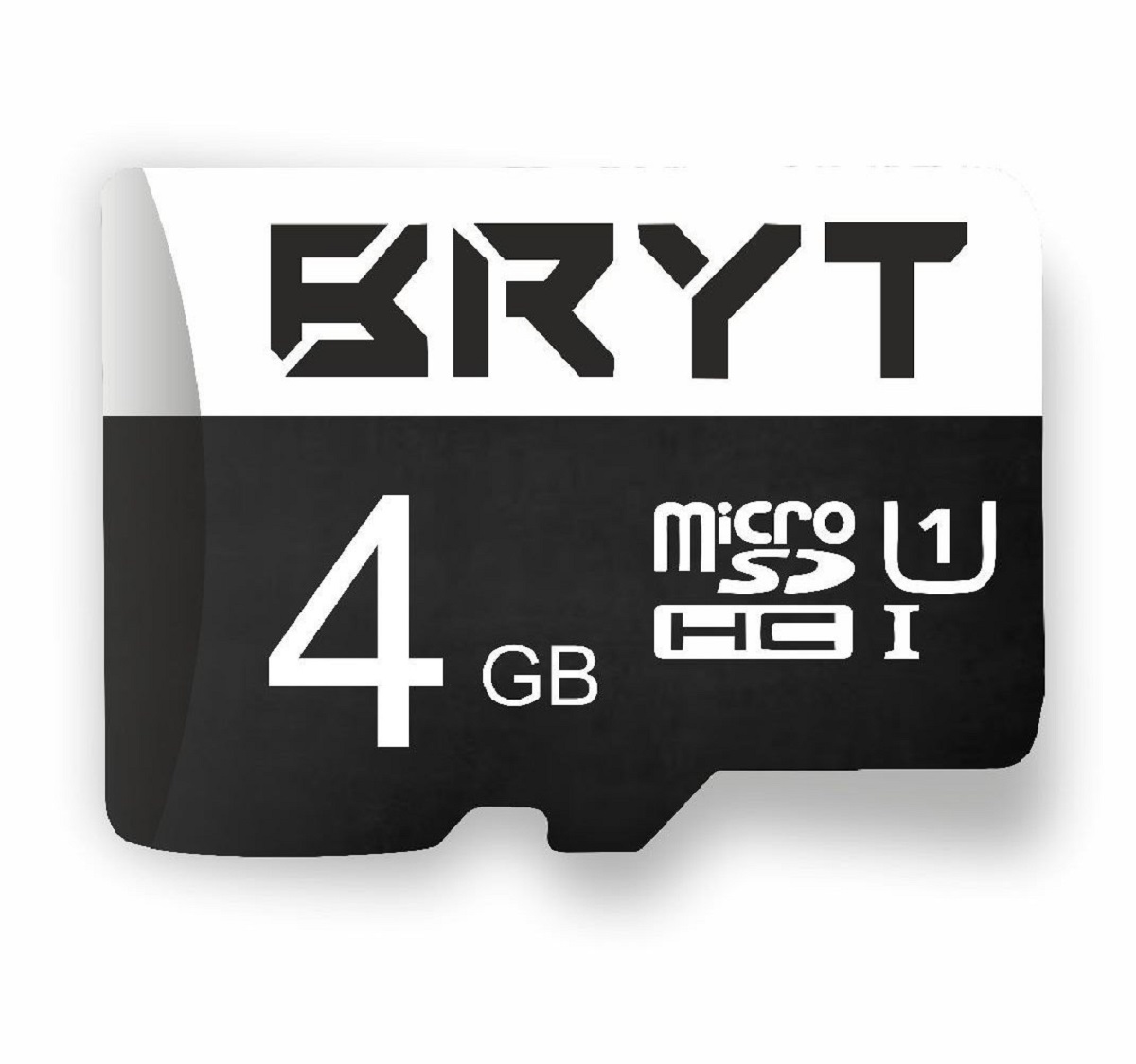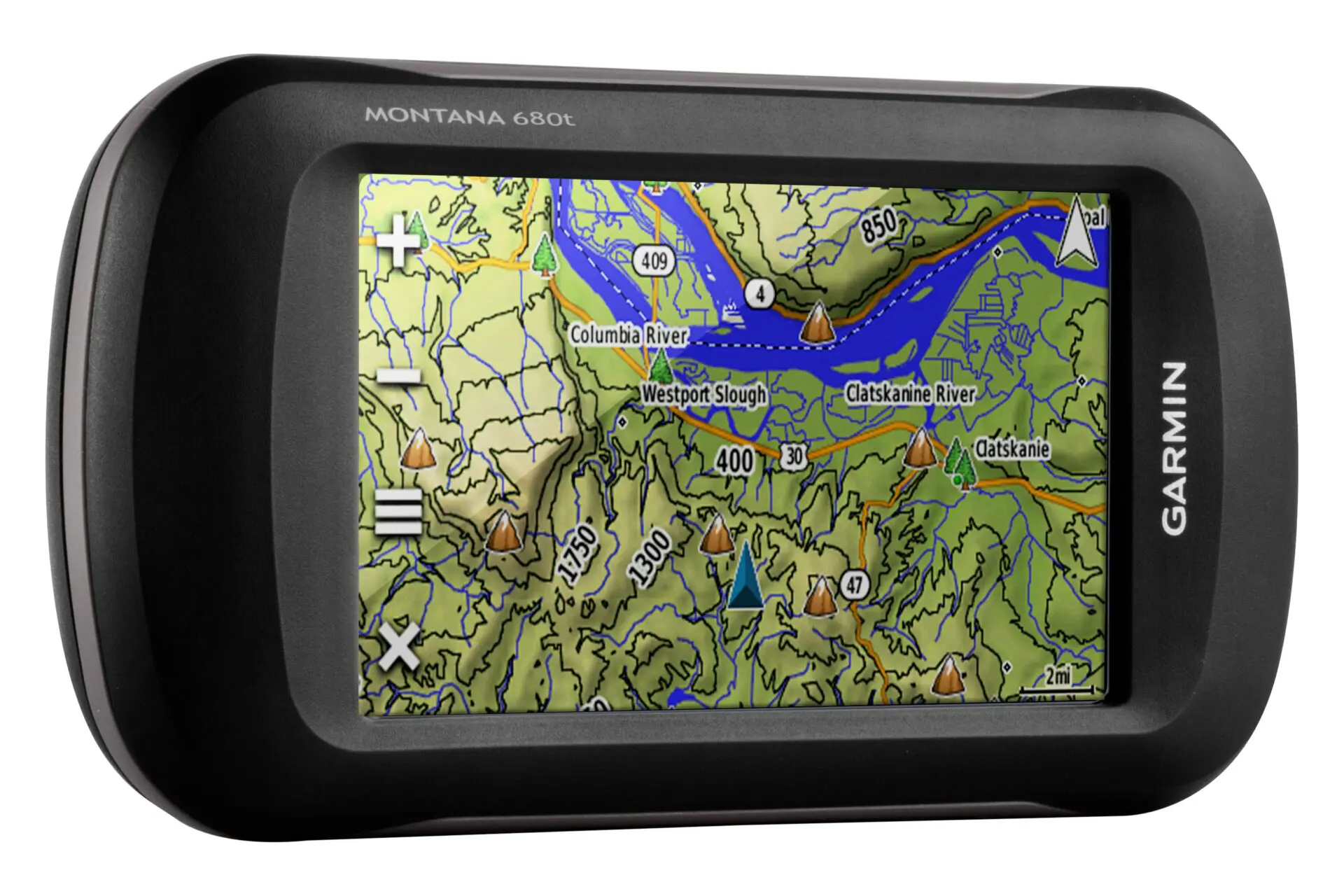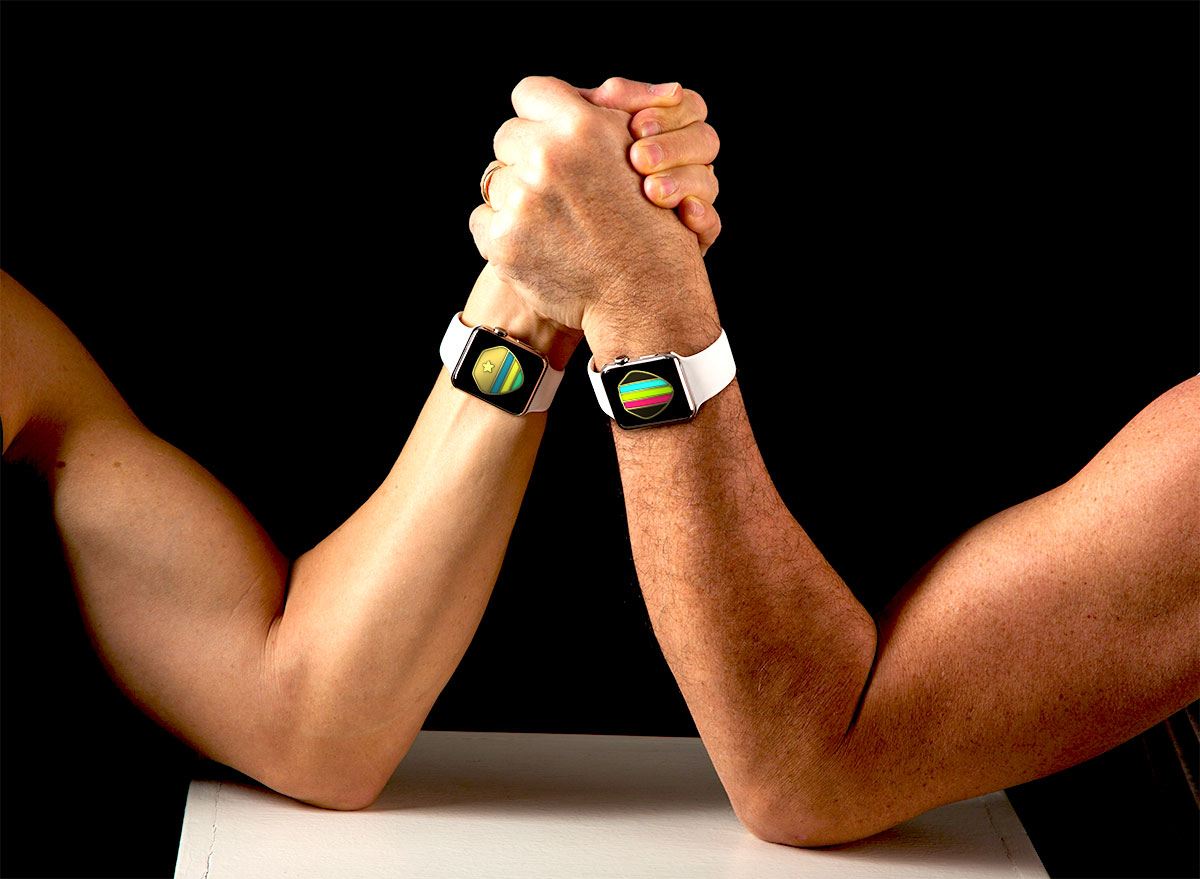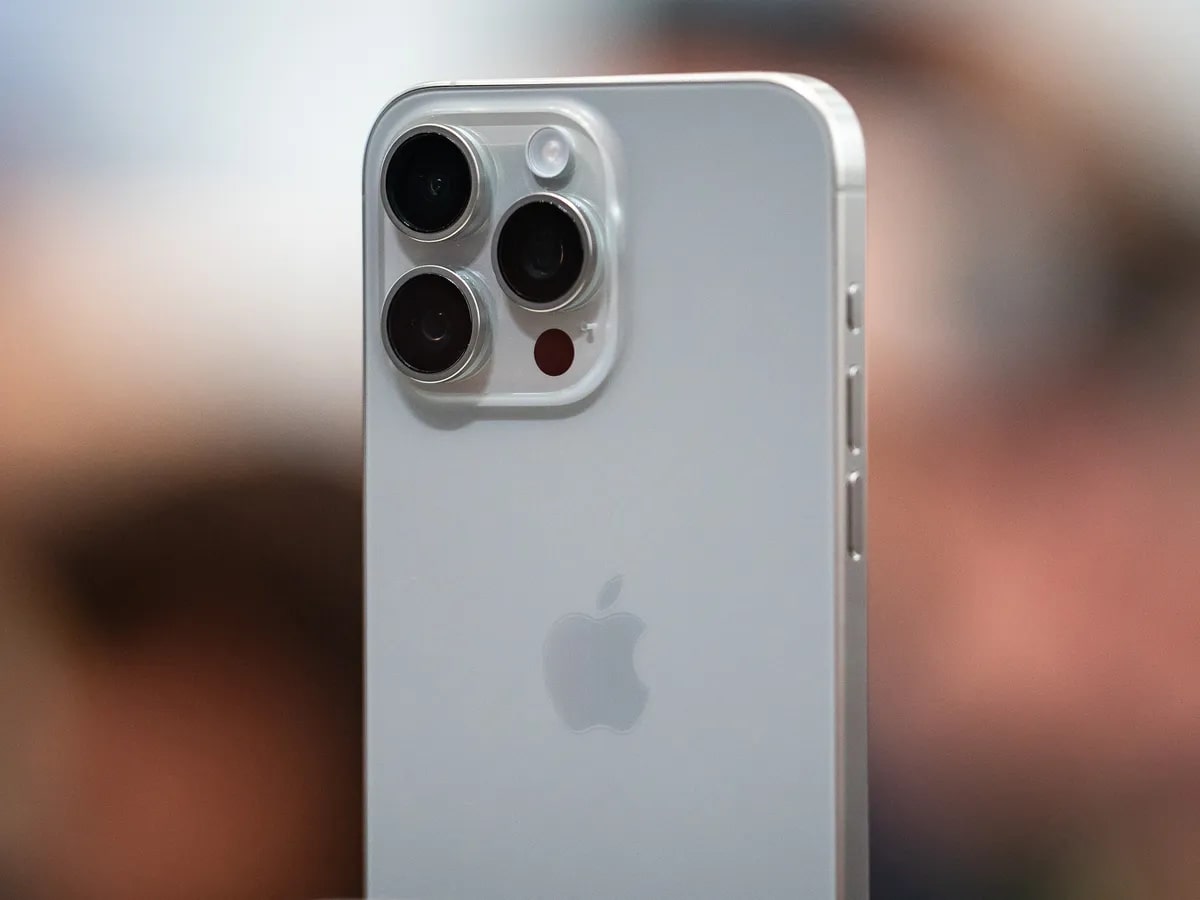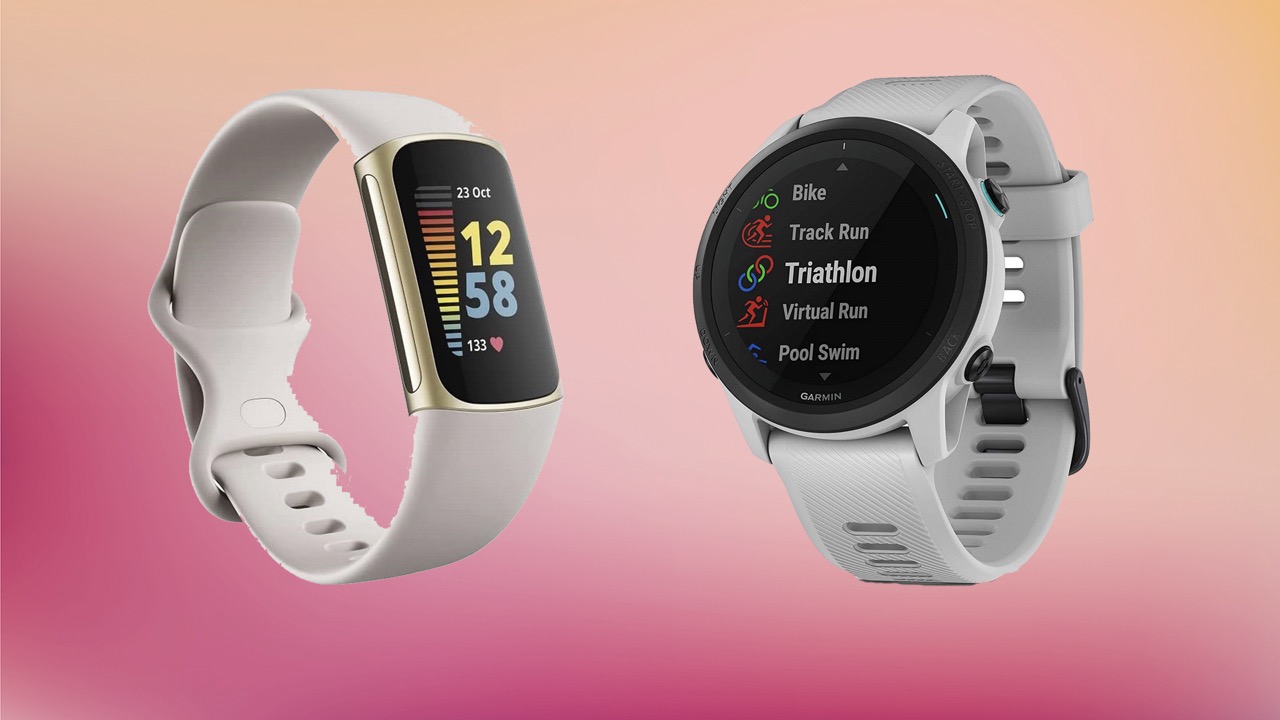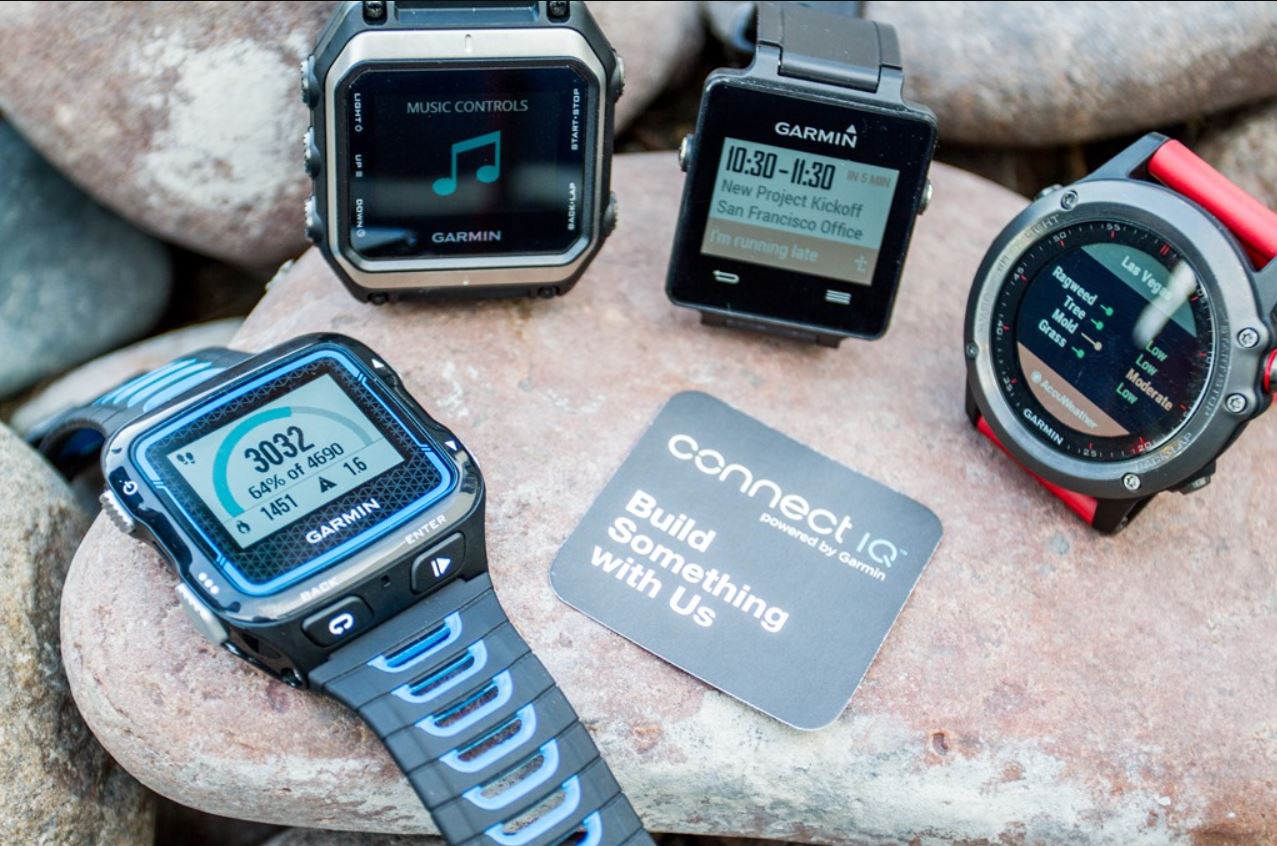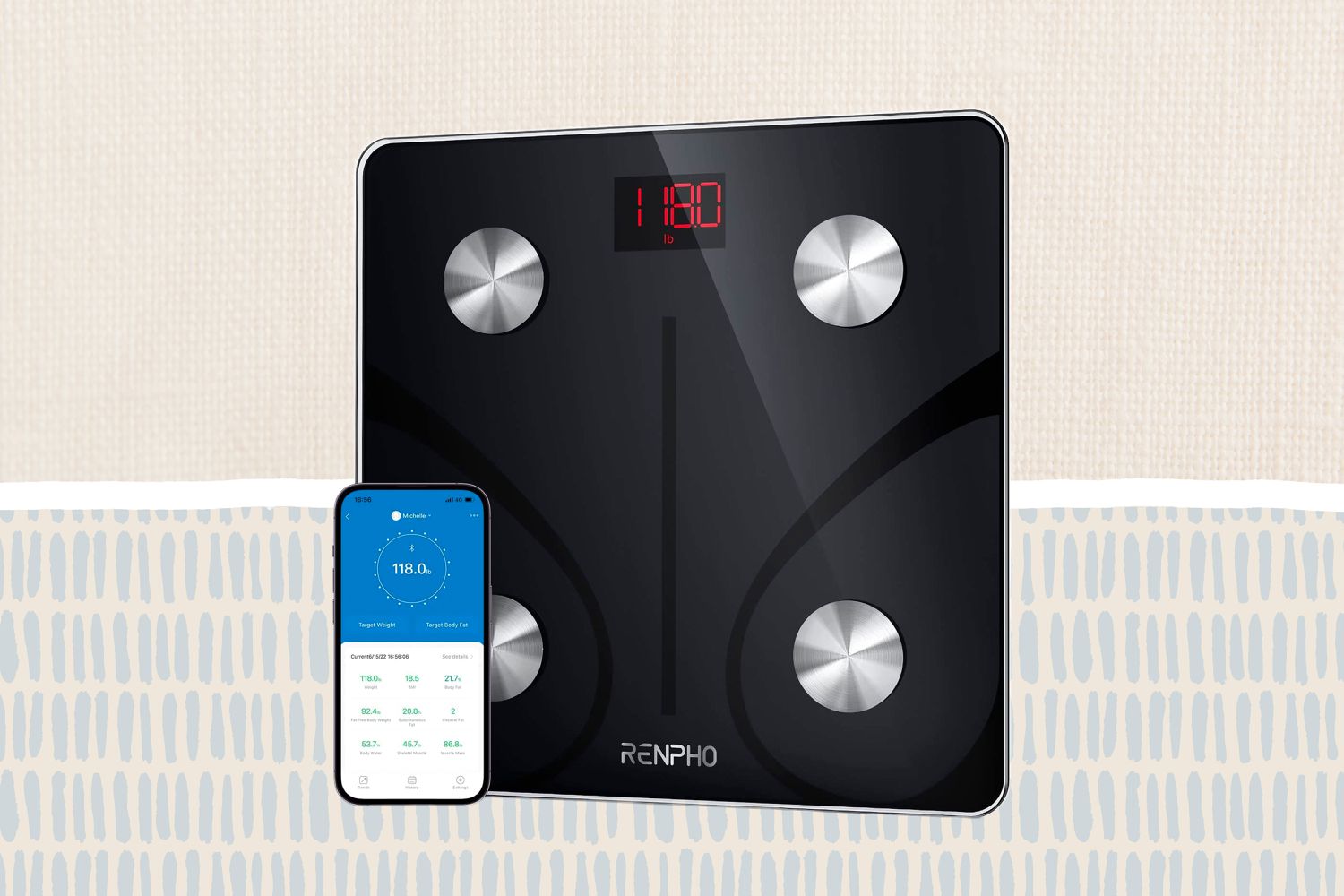Introduction
Garmin GPS devices have revolutionized the way we navigate, whether we’re exploring new cities or venturing off the beaten path. These compact and powerful gadgets provide us with accurate directions and real-time updates, making our travels more convenient and efficient. However, for some Garmin users, the frustration of their device not recognizing an SD card can put a damper on their GPS experience.
If you’re encountering issues with your Garmin not recognizing your SD card, you’re not alone. Many Garmin users have faced the same problem, and fortunately, there are steps you can take to resolve it. In this article, we’ll dive into why your Garmin might be having trouble recognizing your SD card and provide you with some practical solutions.
Before we delve into the solutions, it’s essential to understand why this issue occurs in the first place. There could be several reasons why your Garmin is not recognizing your SD card. One common cause is an improperly formatted SD card. Garmin devices require a specific format, and if your SD card is not formatted correctly, it won’t be recognized by the device.
Another reason could be outdated Garmin software. Keeping your Garmin device’s software up to date is crucial, as updates often include bug fixes and improvements to card recognition. If you haven’t updated your Garmin software in a while, it may be the cause of the issue.
Connectivity problems can also contribute to your Garmin’s inability to recognize your SD card. Faulty USB connections or damaged cables can hinder the communication between your Garmin device and the SD card.
In the following sections, we’ll guide you through the necessary steps to resolve these issues and get your Garmin device recognizing your SD card once again. We’ll cover formatting your SD card for Garmin, updating Garmin software, troubleshooting connectivity problems, transferring maps and data, ensuring compatibility with Garmin devices, and providing additional tips and tricks to enhance your GPS experience.
Why Won’t My Garmin Recognize My SD Card?
If your Garmin GPS device is not recognizing your SD card, it can be frustrating and inconvenient. Understanding the possible reasons behind this issue can help you troubleshoot and find a solution. Here are some common reasons why your Garmin might not recognize your SD card:
- Improperly Formatted SD Card: Garmin devices require a specific file format for SD cards to be recognized. If your SD card is formatted in a different file system, such as NTFS or exFAT, your Garmin device may not be able to read it. Ensure that your SD card is formatted in the proper format, such as FAT32 or FAT16.
- Outdated Garmin Software: Regularly updating your Garmin device’s software is crucial, as it ensures compatibility with the latest features and bug fixes. If your Garmin software is outdated, it may not support the recognition of SD cards. Check for software updates using Garmin Express, the official software management tool, and install any available updates.
- Connectivity Issues: Faulty USB connections or damaged cables can disrupt the communication between your Garmin device and the SD card. Check the USB cable and ports for any visible damage or debris. Try using a different USB cable or connecting to a different USB port on your computer to rule out any connectivity issues.
- Incompatible SD Card: Not all SD cards are compatible with Garmin devices. Ensure that you are using a compatible SD card by referring to the Garmin documentation or website. Some Garmin devices have specific requirements for maximum SD card capacity and speed class. Using an incompatible or low-quality SD card can result in recognition issues.
- Corrupted SD Card: Sometimes, SD cards can become corrupted due to various reasons, such as improper ejection, file system errors, or physical damage. If your SD card is corrupted, your Garmin device may not be able to read it. Try using the SD card with a different device to see if it is recognized. If not, you may need to format the SD card or consider replacing it.
By understanding these common reasons, you can begin troubleshooting and addressing the issue that is preventing your Garmin device from recognizing your SD card. In the following sections, we will guide you through the necessary steps to resolve these issues and get your Garmin device recognizing your SD card once again.
Formatting Your SD Card for Garmin
One possible reason why your Garmin device is not recognizing your SD card is that it may not be formatted correctly. Garmin devices require SD cards to be formatted in a specific file system that they can read. To resolve this issue, follow these steps to format your SD card for Garmin:
- Connect your SD card to your computer using an SD card reader or the USB cable provided.
- Open “File Explorer” on your computer and locate the SD card drive.
- Right-click on the SD card drive and select “Format” from the drop-down menu.
- In the format dialog box, ensure that the file system is set to either FAT32 or FAT16. These are the recommended file systems for Garmin devices.
- Check the box next to “Quick Format” to speed up the formatting process.
- Click the “Start” button to begin formatting the SD card.
- Wait for the formatting process to complete. Once done, you can close the format dialog box.
- Eject the SD card from your computer properly to ensure that no data loss occurs.
After formatting your SD card in the proper file system, insert it into your Garmin device and power it on. Your Garmin should now recognize the SD card without any issues. If the problem persists, we’ll explore other troubleshooting steps in the next sections.
Please note that formatting your SD card will erase all data on it. Make sure to back up any important files before proceeding with the formatting process.
Updating Garmin Software
Outdated Garmin software can also be a reason why your device is not recognizing your SD card. Updating the software is essential to ensure compatibility with the latest features and bug fixes. Here’s how you can update your Garmin software:
- Connect your Garmin device to your computer using the USB cable provided.
- Launch Garmin Express, the official software management tool for Garmin devices. If you don’t have Garmin Express installed, you can download it from the official Garmin website.
- Once Garmin Express is open, it will automatically detect your Garmin device. If not, click on the “Add a device” button and follow the prompts to connect your device.
- If there is a software update available for your Garmin device, you will see a notification indicating so. Click on the “Install” or “Update” button to proceed with the software update.
- Follow the on-screen instructions to complete the software update process. Ensure that your Garmin device remains connected to your computer throughout the update.
- Once the software update is complete, safely disconnect your Garmin device from your computer.
After updating your Garmin software, restart your device and insert the SD card. Your Garmin device should now recognize the SD card without any issues. If the problem persists, we’ll explore further troubleshooting steps in the upcoming sections.
It’s recommended to regularly check for software updates for your Garmin device to ensure optimal performance and compatibility with various accessories, including SD cards.
Note: The steps mentioned above are for Garmin devices that use Garmin Express for software updates. If you have a different model or software management tool, refer to the device’s manual or the official Garmin support website for specific instructions on updating the software.
Troubleshooting Connectivity Issues
Connectivity problems can also prevent your Garmin device from recognizing your SD card. If you suspect that connectivity issues are the cause, follow these troubleshooting steps to resolve the problem:
- Check the USB cable: Ensure that the USB cable you are using to connect your Garmin device to your computer is not damaged or frayed. If you have a spare USB cable, try using it to rule out any issues with the cable itself.
- Clean USB ports: Sometimes, dust or debris can accumulate in the USB ports, hindering proper connection. Carefully inspect the USB ports on your Garmin device and computer. Use a soft brush or compressed air to clean out any debris that may be blocking the connection.
- Try a different USB port: Connect your Garmin device to a different USB port on your computer. Sometimes, a specific port may have issues while others work fine. Testing different ports can help identify if the issue is specific to a particular port.
- Restart your computer: Restarting your computer can often resolve temporary connectivity issues. After restarting, reconnect your Garmin device and check if it recognizes the SD card.
- Update USB drivers: Outdated or incompatible USB drivers can cause connectivity problems. Visit the manufacturer’s website for your computer and download the latest USB drivers specific to your operating system. Update the drivers and then reconnect your Garmin device.
- Use a card reader: If you have an SD card reader, try using it instead of connecting your Garmin device directly to your computer. This can bypass any potential issues with the USB connection and help determine if the problem lies with the device or the card itself.
By following these troubleshooting steps, you can identify and resolve any connectivity issues between your Garmin device and the computer. Once the connectivity problem is fixed, insert the SD card and check if your Garmin device recognizes it. If the issue persists, we’ll explore additional troubleshooting steps in the upcoming sections.
How to Transfer Maps and Data to the SD Card
Transferring maps and data to the SD card is a crucial step in ensuring that your Garmin device can recognize and access the information stored on it. Here’s a step-by-step guide on how to transfer maps and data to the SD card:
- Connect your Garmin device to your computer using the USB cable provided.
- Open Garmin Express, the official software management tool for Garmin devices.
- Once you are in Garmin Express, click on the “Maps” tab. Here, you will have access to the maps installed on your Garmin device.
- Select the maps or data you want to transfer to the SD card. You can choose entire regions, specific countries, or individual map sections, depending on your needs.
- Click on the “Transfer to Device” button or a similar option in Garmin Express. This will initiate the transfer process.
- In the transfer dialog box, select the SD card as the destination for the maps and data. Ensure that the SD card is properly inserted into your Garmin device.
- Follow the on-screen instructions to complete the transfer process. Garmin Express will show you the progress of the transfer.
- Once the transfer is complete, safely disconnect your Garmin device from your computer.
- Power on your Garmin device and check if it recognizes and accesses the maps and data stored on the SD card.
By following these steps, you can ensure that the maps and data you want to access on your Garmin device are stored on the SD card. This allows your Garmin device to read the information from the SD card and provide accurate navigation and other functionalities.
If you have multiple maps installed on your Garmin device, you may need to select the specific map you want to use in the device settings. Refer to the Garmin device manual or support website for specific instructions on selecting the desired map.
Ensuring Compatibility with Garmin Devices
Garmin devices have specific requirements for SD cards to ensure compatibility and optimal performance. Here are some factors to consider when ensuring compatibility between your SD card and Garmin device:
- SD Card Type: Garmin devices typically support standard SD card types, including SDHC (Secure Digital High Capacity) and SDXC (Secure Digital eXtended Capacity) cards. Check the Garmin documentation or website to confirm the supported SD card types for your specific device.
- SD Card Capacity: Garmin devices may have limitations on the maximum capacity of SD cards they can recognize. It is essential to consider the device’s maximum supported SD card capacity and choose an SD card within that range. Using an SD card with a higher capacity than supported may result in compatibility issues.
- SD Card Speed Class: The speed class of an SD card indicates its minimum sustained write speed. Garmin devices often recommend using SD cards with a higher speed class (such as Class 10) for faster data transfers and smoother performance. Refer to the Garmin documentation or website for the recommended speed class for your device.
- Formatting: As mentioned earlier, formatting your SD card in the proper file system (such as FAT32 or FAT16) is crucial for Garmin device recognition. Make sure to format the SD card correctly before using it with your Garmin device.
- Quality and Authenticity: It is always recommended to purchase SD cards from reputable brands and trusted sellers. Using counterfeit or low-quality SD cards can result in compatibility issues and may cause data corruption or loss.
By verifying the compatibility of your SD card with your Garmin device, you can ensure a seamless experience and avoid any potential recognition issues. If you’re unsure about the compatibility of an SD card, consult the Garmin support documentation or contact their customer support for further assistance.
Remember to handle your SD card with care. Avoid exposing it to extreme temperatures, moisture, or physical damage that could affect its performance and compatibility with your Garmin device.
Additional Tips and Tricks
In addition to the previous steps, here are some additional tips and tricks to help resolve SD card recognition issues on your Garmin device:
- Power Cycle: Sometimes, performing a power cycle can resolve temporary software glitches. Turn off your Garmin device, remove the battery (if applicable), and unplug any power source. Leave it for a few minutes, then reassemble and power it on again. This can refresh the device and potentially fix recognition issues.
- Try a Different SD Card: If you have access to another SD card that you know is compatible with Garmin devices, try inserting it into your device. This will help determine if the issue lies with the SD card itself or with the device.
- Contact Garmin Support: If you have followed all the troubleshooting steps and the problem persists, it’s advisable to reach out to Garmin customer support. They have knowledgeable staff who can provide specific guidance tailored to your device and situation.
- Keep Software Updated: Regularly check for software updates for your Garmin device and ensure they are installed promptly. These updates often contain bug fixes and improvements that can address SD card recognition issues.
- Format SD Card on the Device: If your Garmin device has a built-in option to format an SD card, you can try formatting it directly on the device itself. This can ensure that the SD card is prepared specifically for your Garmin device’s requirements.
- Avoid Removing SD Card During Operation: To prevent data corruption and potential recognition issues, it’s best to avoid removing the SD card from your Garmin device while it is powered on or actively running. Always power off the device and safely eject the SD card before removing it.
Following these additional tips and tricks can help resolve SD card recognition problems on your Garmin device. Remember to read the user manual for your specific device model as it may contain device-specific troubleshooting steps or recommendations.
By implementing these suggestions and seeking assistance when needed, you can enhance your Garmin GPS experience and ensure smooth recognition of SD cards for storing maps, data, and other essential information.
Conclusion
Dealing with a Garmin device that doesn’t recognize your SD card can be frustrating, but with the troubleshooting steps and tips outlined in this article, you can overcome this issue and get back to enjoying seamless navigation and access to your maps and data.
First, ensure that your SD card is properly formatted in the correct file system, such as FAT32 or FAT16, and that it meets the compatibility requirements of your Garmin device in terms of type, capacity, and speed class.
Updating your Garmin software and troubleshooting any connectivity issues, such as faulty USB cables or ports, can also greatly improve SD card recognition. Additionally, be mindful of transferring your maps and data correctly to the SD card using Garmin Express or other recommended methods.
Remember to follow additional tips and tricks, such as power cycling your device, trying a different SD card, and reaching out to Garmin support if necessary. Keeping your Garmin software up to date and avoiding the removal of the SD card during device operation can also contribute to a successful resolution.
By following these steps and being proactive in addressing any compatibility or technical issues, you can ensure that your Garmin device recognizes your SD card consistently, giving you a smooth and reliable GPS experience.
Should you encounter any further difficulties, it’s always recommended to consult the Garmin documentation, user manual, or contact their customer support for personalized assistance specific to your device model.
Now that you have the knowledge and tools to troubleshoot SD card recognition issues on your Garmin device, you can confidently navigate with ease and enjoy the full capabilities of your GPS device.







